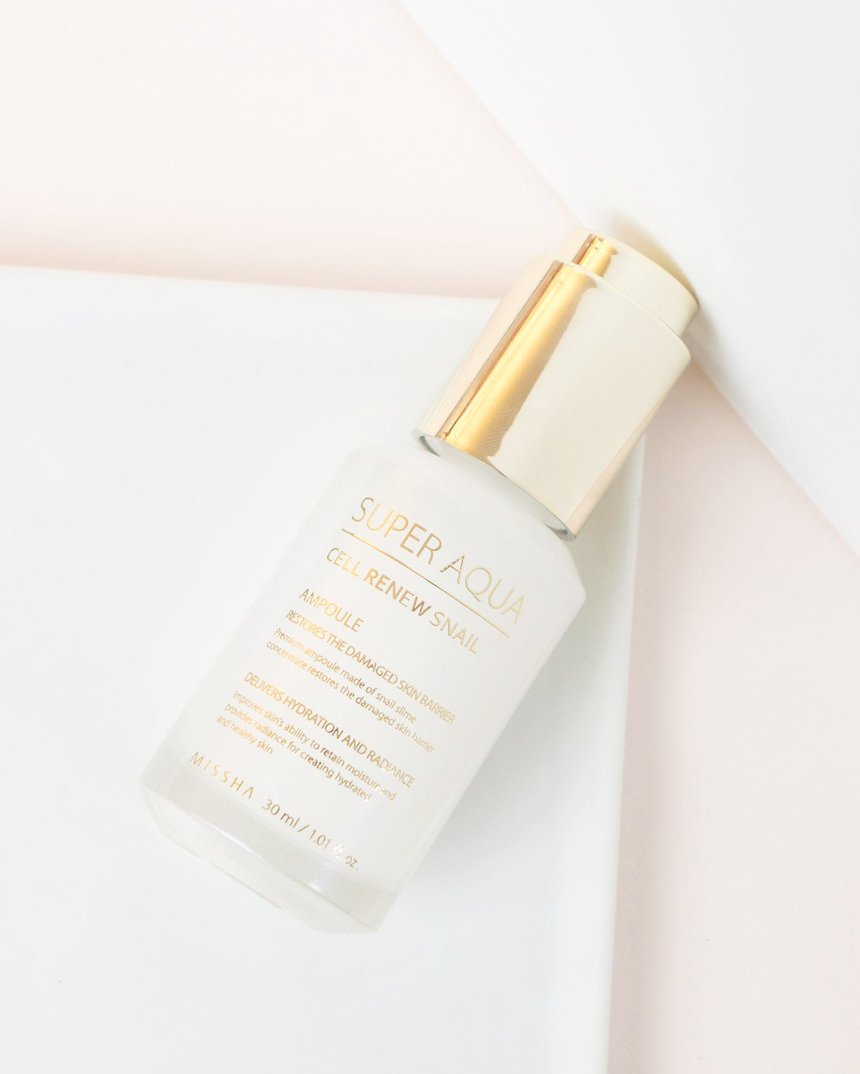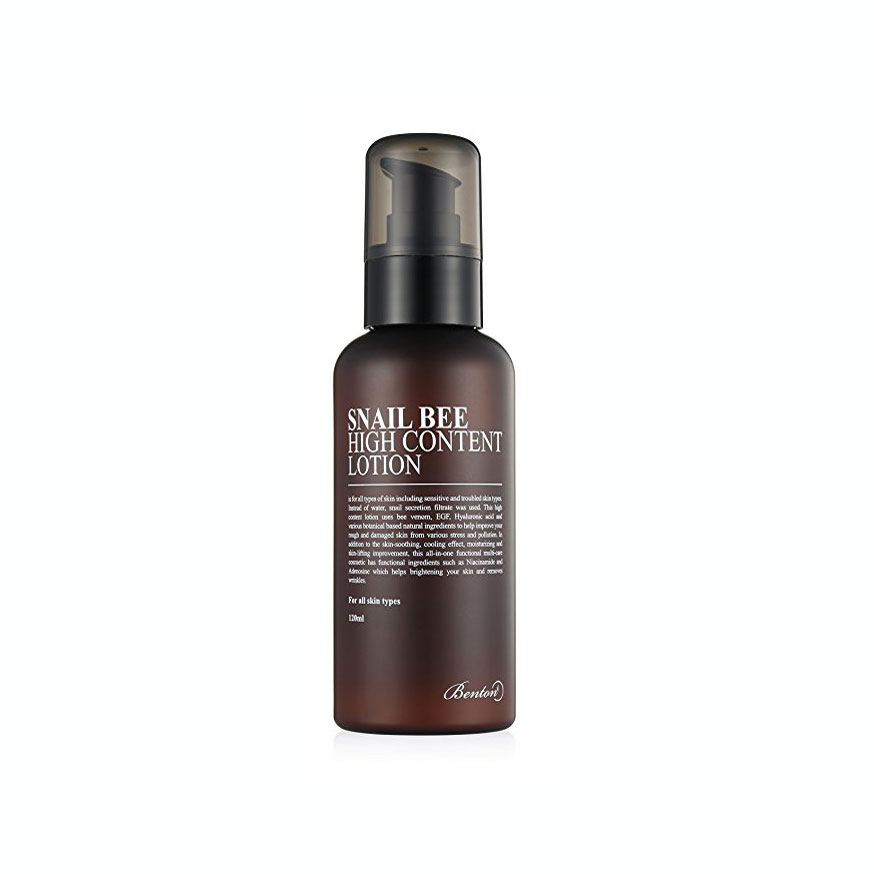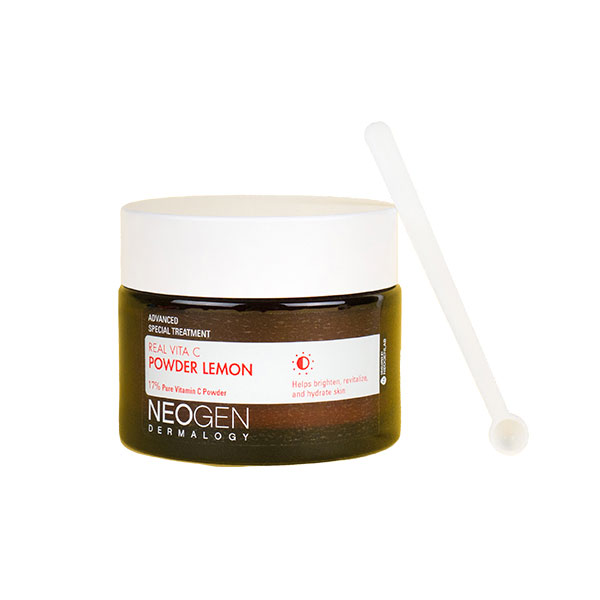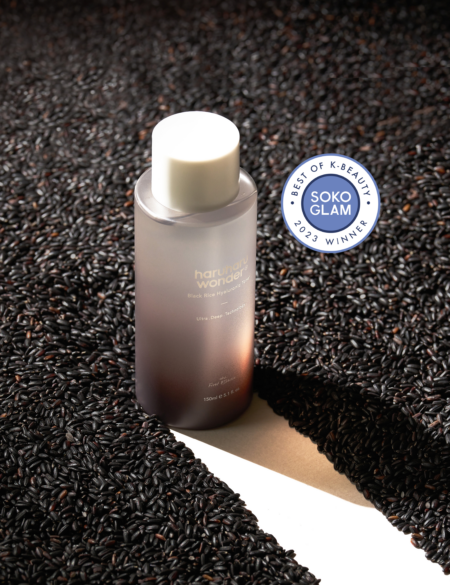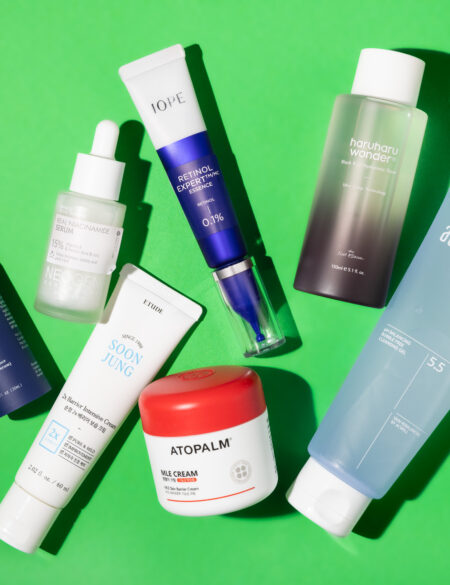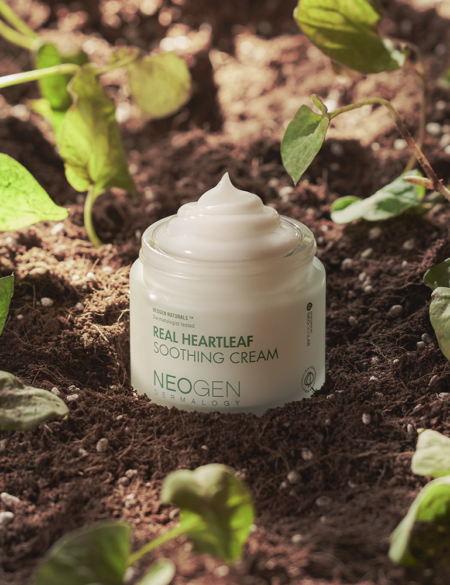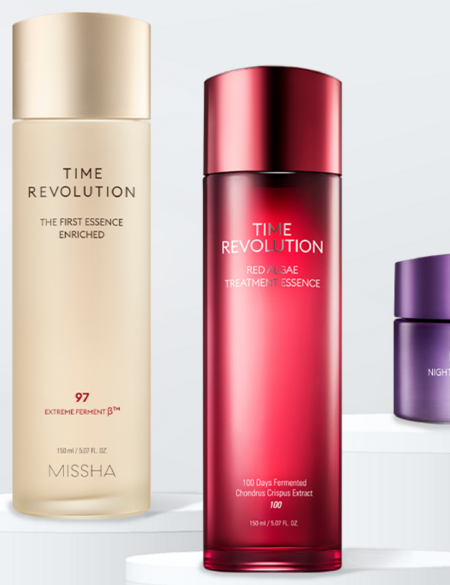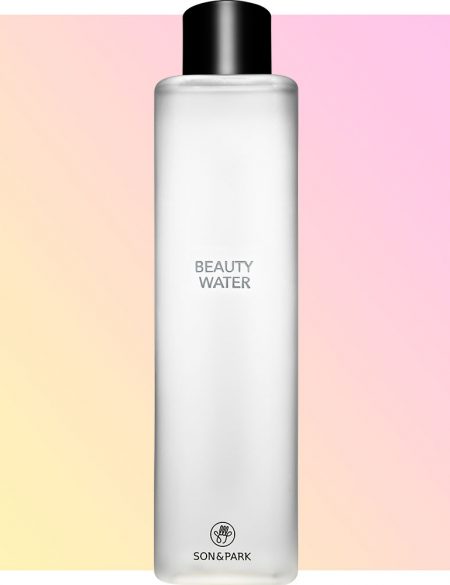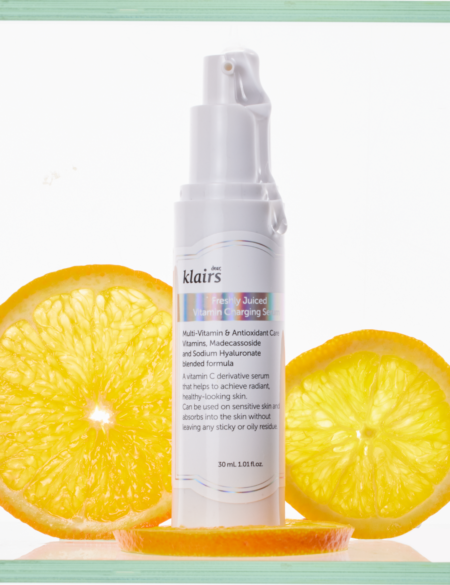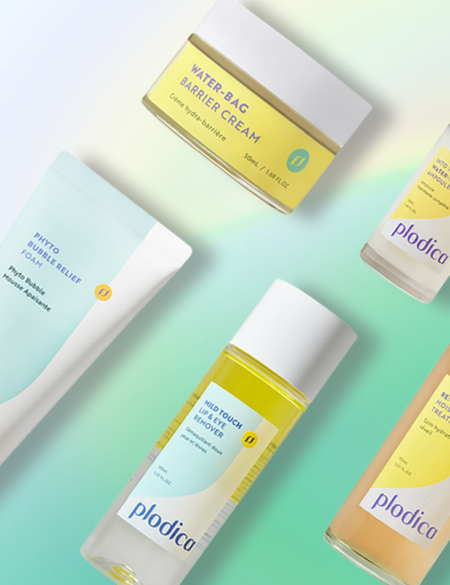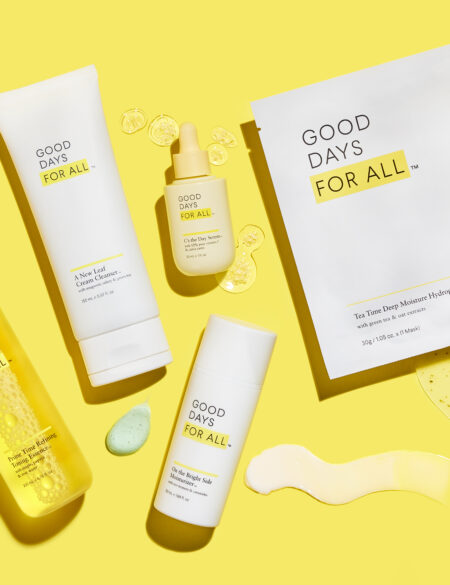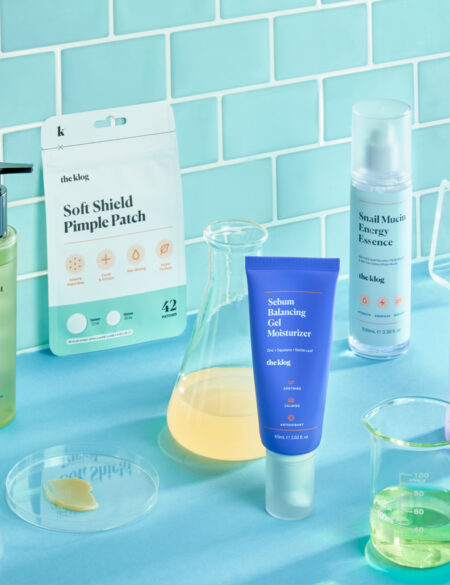Acne scars are one of those skin concerns that can be difficult and frustrating to get rid of once they’re there. But to successfully fade acne scars, first you need to understand what type of scar it is. Below, we explain the different types of acne scars, how to prevent them, and how to treat them, according to an expert.
The only thing more frustrating than acne is the scarring they can leave behind. Acne scars are one of the biggest skin concerns among both men and women. To effectively treat them, it’s key to learn the difference between scars and how they come about. To find out, we spoke with Dr. Anne Guanche, board-certified dermatologist and celebrity beauty expert based in Southern California. Read on for her expert tips, plus our product recommendations.
Keloids
Do you notice an excessive amount of scar tissue after experiencing acne? That’s what keloids are. “Characteristically these scars are raised and grow larger than the original skin injury size,” says Dr. Gaunche. Essentially, keloids result in a large amount of texture from the inflamed area, and there are parts of our skin that are more prone to keloids than others. “Often the jawline, back of the neck and chest are more prone to keloids,” she says. Keloids also tend to be genetic, so the condition has likely been passed down from generation to generation.
How to prevent: Some people are more prone to keloid scar formation naturally. In addition, the more picking, especially if using at home tools, could trigger a keloid or thick scar to form.
How to treat: “At home, there is not much to do besides keeping your hands off,” Dr. Guanche explains. “Sometimes over the counter acne scar pads can be helpful and at a dermatologist’s office we can inject a diluted form of cortisone called Kenalog into the keloid to help thin out the scar tissue and flatten the keloid,” she adds. However, if you notice that your keloids are deeper shade of red and purple post-acne, a pulsed-dye laser called the V-beam is often used to lighten the discoloration.
Ice Pick Scars
If your scars tend to be more narrow and on the deeper side, these are likely ice pick scars. “They appear classically as if someone took an ice pick and made a tiny hole in the skin,” Dr. Gaunche explains.
How to prevent: Again, the best way to prevent these from forming is to not touch or pick at your skin after a breakout. This tendency to form ice pick scars can also be genetic. “Some can have extensive breakouts and not develop a single one, and others can have one deep pimple and develop a permanent ice pick scar,” she says.
How to treat: “At home one could use retin-A to soften scars and help build collagen,” she says. “In the office, we like to try resurfacing lasers such as Fraxel to build collagen from underneath to soften ice pick scars,” she explains. However, it’s very important to note that ice pick scars can be the hardest scars to treat! “Occasionally, we can “punch out” or cut out the scars with a small punch device and with a small stitch you can achieve a linear scar which some find more acceptable than an ice pick scar,” she adds.
Rolling Scars
“Rolling acne scars are a type of scar where bands of scar tissue form beneath the layers of the skin’s surface and from bands, that pull at the skin, creating a visible, rolling effect,” Dr. Guanche explains.
How to prevent: While these aren’t as sharp as other acne scars, rolling scars can still form as a result of picking your skin, but need to be treated on a deeper level. These scars lose volume and can also become more visible with age.
How to treat: “These are difficult to treat at home, but use of topical retinoids regularly can help all types of acne scars,” she says. A dermatologist may use fillers for correcting these scars, as they plump up the indented areas. “Fraxel 1550 resurfacing laser series is the gold standard for these types of acne scars, and a combination approach is often used,” she adds.
Boxcar Scars
Boxcar scars are similar to ice pick scars, but are generally more of a more rectangular shape. “These are caused by too little collagen formation during healing as opposed to too much, like Keloid scars,” she says.
How to prevent: Unfortunately, there really isn’t a way to prevent boxcar scars other than to minimize picking and trauma to the area while it is an active pimple.
How to treat: Again, at home retinoids are helpful to treating the affected areas. “These are a challenge to treat but resurfacing lasers such as Fraxel, or Radiofrequency microneedling are helpful,” she says. Dermal fillers can also be helpful in some instances.
Another ingredient we recommend looking for to treat boxcar scarring is EGF (epidermal growth factors), which helps regenerate skin cells. You’ll find it in the Missha Super Aqua Cell Renew Snail Ampoule.
Hyperpigmentation
“Post-inflammatory hyperpigmentation or PIH, is the medical term we use to describe excess pigmentation that some experience as a mark after a breakout,” says Dr. Gaunche. Post-inflammatory hyperpigmentation can range from light to dark brown spots and is sometimes accompanied by redness as well.
How to prevent: Anyone with darker skin tones are more prone to PIH. They have the tendency to produce more pigment in response to injury when compared to other races. “The sun on healing areas is a cofactor for hyperpigmentation,” she explains. It’s very important to wear SPF to avoid making these appear even darker, but just as important to avoid direct exposure to sunlight if possible. “Both are temporary, but can take months or years to fade away,” she says.
How to treat: “We recommend creams with glycolic acid, low dose hydroquinone, arbutin or licorice extract, in addition to sunscreen,” she says. Bee venom, found in the Benton Snail Bee High Content Lotion, is a great ingredient for boosting collagen production, and thus diminishing acne scarring, as is vitamin C.
As for help from a dermatologist, Dr. Guanche recommends a prescription-strength compounded topical product as well as a series of chemical peels to lighten excess pigmentation a lot faster. “Also, controlling future breakouts and new spots with a great skin care regimen is important,” she adds.



